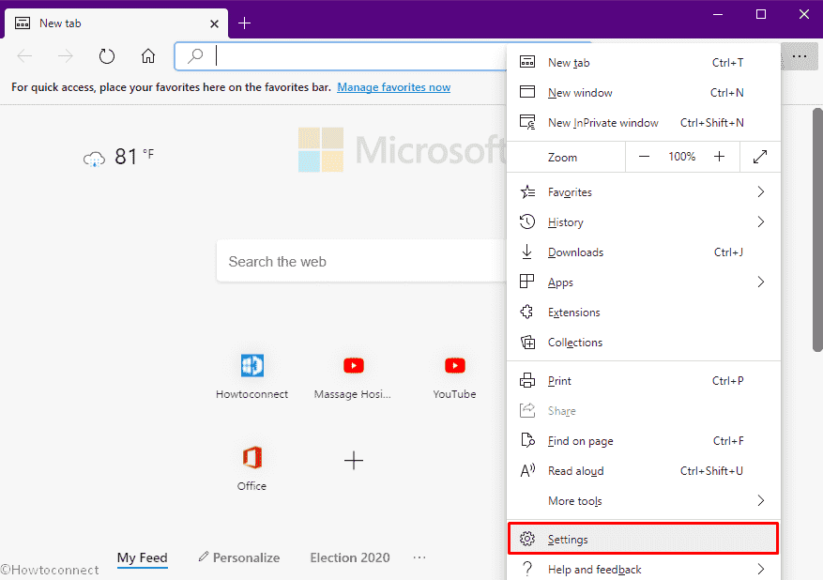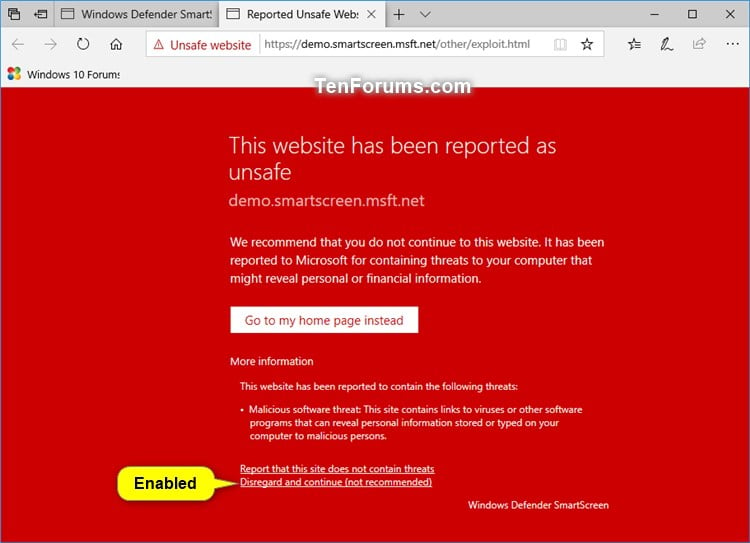

Reputation-based URL and app protection.When Microsoft Defender SmartScreen is configured, you will have the following benefits:

Microsoft Defender SmartScreen provides a warning page against e.g., websites that might engage in phishing attacks or attempt to distribute malware through a socially engineered attack. In the “Privacy, search, and services” tab, click the click the “Microsoft Defender SmartScreen” slider to the “Off” position.Microsoft Defender is a Windows built-in security solution that helps your user to be protected against phishing or malware websites and malicious applications and protects your user to download (potentially) malicious files. If you later decide to reenable Microsoft Defender SmartScreen, you will have to manually reenable “Block potentially unwanted apps” too, as this isn’t done automatically. Tip: Disabling Microsoft Defender SmartScreen will also disable the feature below it “Block potentially unwanted apps”. In the “Security” section, you want to click the first slider, labelled “Microsoft Defender SmartScreen” to the “Off” position. Once in Edge’s settings, switch to the “Privacy, search, and services” tab on the left, and scroll down to the “Security” section. Click the triple-dot icon in the top-right corner, then click on “Settings”. To do so you first need to click the triple-dot icon in the top-right corner, then click on “Settings”, the third to last option in the dropdown menu.

You can disable Microsoft Defender SmartScreen from Edge’s settings. How to disable Microsoft Defender SmartScreen

Tip: If you’re using a corporate device that is managed then you may not be able to disable Microsoft Defender SmartScreen as it is generally a setting that would be enabled via group policy. Thankfully it’s not too difficult to disable the feature. This data is then stored anonymously to contribute to Microsoft’s security services. Tip: In case you’re not aware, Microsoft Defender SmartScreen passes “relevant information about a URL or file” for the repudiation check.


 0 kommentar(er)
0 kommentar(er)
